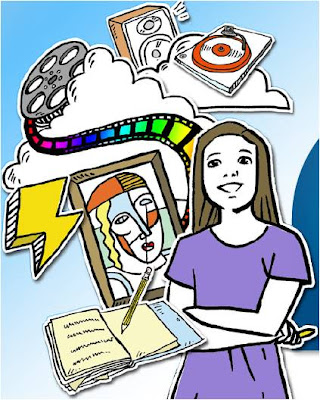Assignment 4, Social software and Web 2.00 – Digital Storytelling

The basic principles of digital storytelling Digital storytelling is the practice of combining narrative with digital content, including images, sound, and video, to create a short movie, typically with a strong emotional component. (7 things you should know about storytelling) Nowadays stories can be interactive movies that might include highly produced audio and visual effects. At the same time, a set of slides with related narration or music can compose a simple digital story. The resources available to making a digital story are unlimited, giving the storyteller huge creative latitude. Some learning theorists believe that storytelling can be effectively applied to nearly any subject. Creating a narrative and communicating it effectively require the storyteller to think carefully about the topic and consider the audience’s perspective(Franz and Nischelwitzer, 2004). Story idea Idea for this story comes from one of Jalal al-Din Rumi’s stories. Rumi was a 13 th ...
